Exploring Traditional and Modern Designs in Fine Wooden Craftsmanship
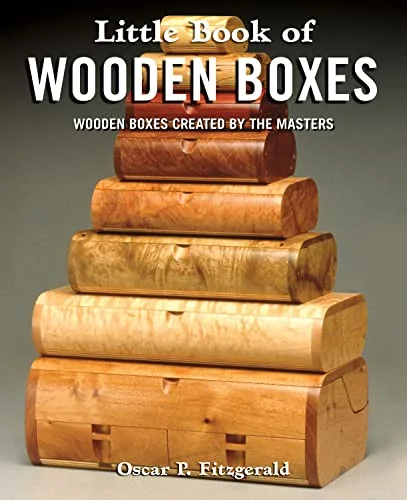
Welcome to our blog post where we embark on a journey into the captivating realm of fine wooden craftsmanship. Here, we invite you to join us as we explore the harmonious intersection of traditional and modern designs in this age-old art form. Whether you are an avid woodwork enthusiast or simply curious about the beauty and intricacy of wooden creations, we have tailored this post to cater to your interests and provide you with valuable insights. So, grab a cup of your favorite beverage, sit back, and let us take you on an inspiring adventure through the world of fine wooden craftsmanship.
Exquisite Woodwork: Discover the Bestsellers in Fine Wooden Craftsmanship
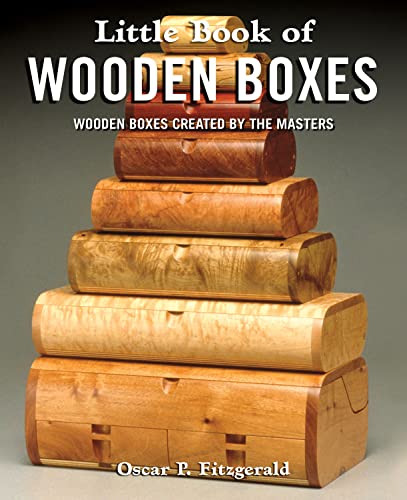
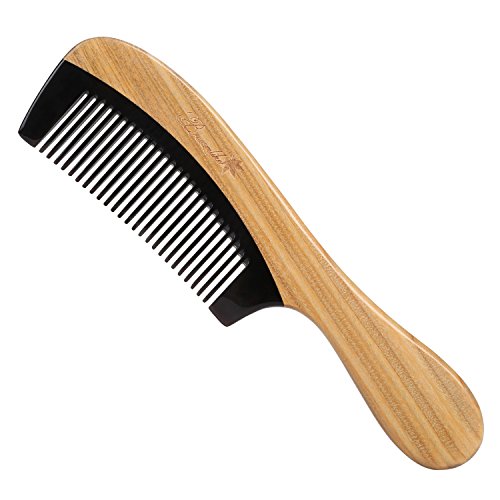
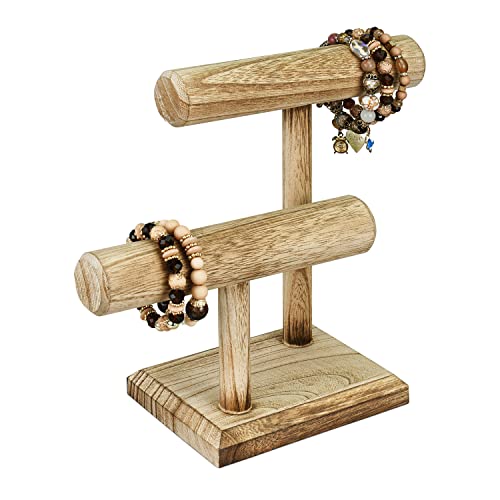
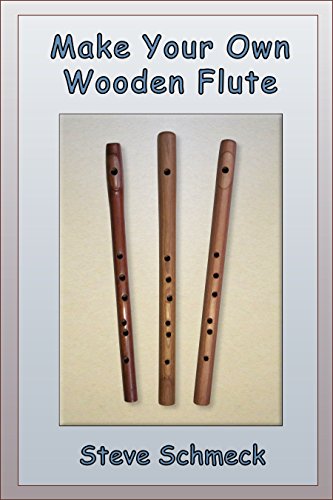
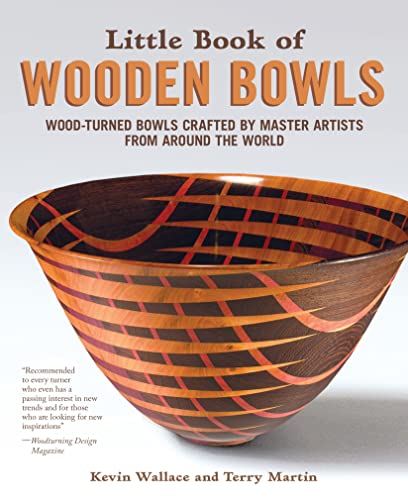
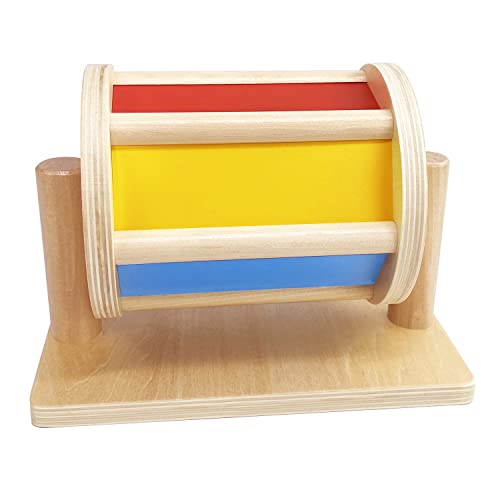
Traditional Designs: Honoring Heritage and Craftsmanship
In the world of fine wooden craftsmanship, traditional designs hold a special place. These timeless creations not only exude elegance and beauty but also reflect the rich heritage and cultural significance of different regions. In this blog section, we will delve into the fascinating world of traditional designs, exploring their history, techniques, and showcasing iconic examples.
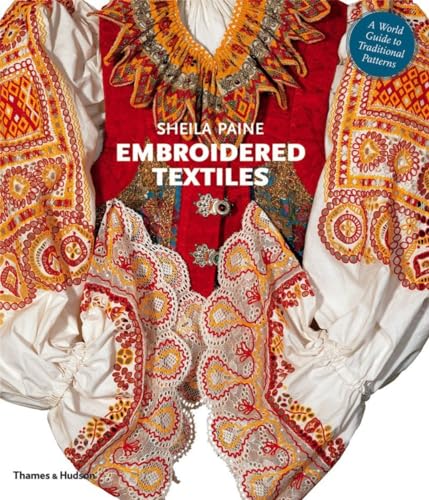
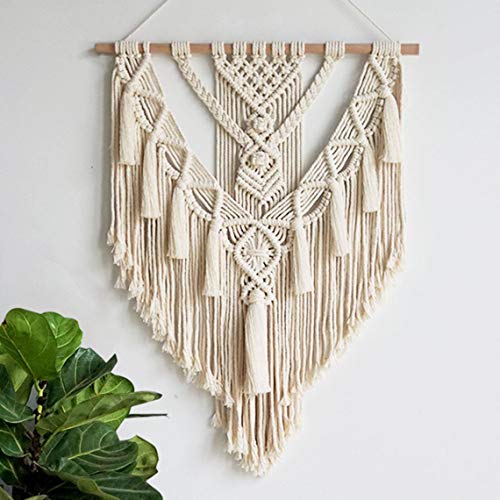
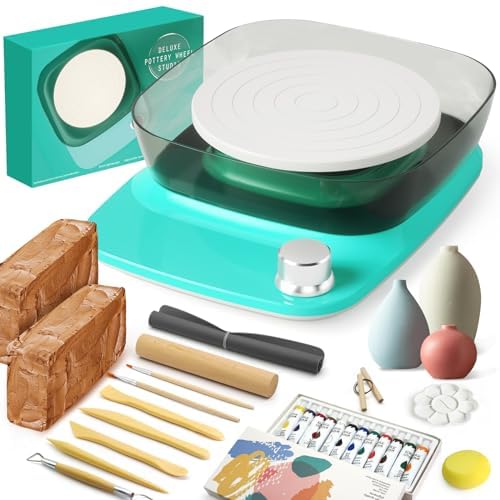
The Rich History of Traditional Designs
Traditional designs in wooden craftsmanship have a storied past that dates back centuries. Passed down from generation to generation, these designs are a testament to the enduring legacy of skilled artisans. Here are some key highlights of their history:
- Japanese Woodwork: The art of Japanese woodwork, known as “Yosegi-zaiku,” has been practiced for over 400 years. This traditional craft involves intricate geometric patterns created by assembling numerous small wooden pieces. One famous example is the “Hakone Yosegi Zaiku” technique used to create stunning puzzle boxes and decorative items.
- Scandinavian Wood Carving: Scandinavian countries have a long-standing tradition of wood carving. The Viking era influenced their craftsmanship, resulting in intricate patterns often inspired by nature. The “Dala horse” from Sweden and the “Tine box” from Norway are iconic examples of this art form.
- Indian Wood Inlay: Indian wood inlay, commonly known as “Marquetry,” has flourished for centuries. Skilled artisans meticulously carve out intricate designs on wooden surfaces and then fill them with colored veneers. The “Taj Mahal” inlay work from Agra is celebrated worldwide for its mesmerizing beauty.
Meticulous Techniques Employed
Master craftsmen employ meticulous techniques to create traditional wooden designs. These techniques require patience, precision, and a deep understanding of the craft. Here are some notable techniques used:
- Intarsia: Intarsia is a technique where different types of wood are carefully cut and fitted together like a puzzle to create a design. This method allows for intricate patterns and gradients of color. The “Intarsia wall art” from the Italian Renaissance period is a stunning example of this technique.
- Woodturning: Woodturning involves shaping wood on a lathe to create symmetrical designs. Skilled turners transform simple wooden blocks into exquisite bowls, vases, and decorative items. The “Olivewood bowls” from Tunisia showcase the artistry of woodturning.
- Lacquerware: Lacquerware is a technique that involves applying layers of lacquer to wooden surfaces, creating a glossy and durable finish. This technique is commonly used in Asian traditional designs, such as the “Chinese lacquer cabinets.”
Iconic Examples of Traditional Wooden Craftsmanship
To truly appreciate the beauty of traditional designs, it is essential to explore some iconic examples. Here are a few renowned creations that showcase the mastery of traditional wooden craftsmanship:
- The Eames Lounge Chair: Designed by Charles and Ray Eames in 1956, this iconic chair combines traditional craftsmanship with modern design. The walnut veneer and hand-stitched leather upholstery make it a timeless piece of furniture.
- The Koa Wood Ukulele: The Koa wood ukulele from Hawaii exemplifies the traditional craftsmanship of the islands. The use of premium Koa wood and intricate detailing on the body make it a coveted musical instrument.
- The Chinese Ming Dynasty Cabinet: This intricately carved cabinet from the Ming Dynasty showcases the artistry and attention to detail in Chinese traditional designs. The use of fine woods and the precise joinery techniques make it a true masterpiece.
Modern Designs: Pushing Boundaries and Embracing Innovation
Wooden craftsmanship has a rich history dating back centuries, but in recent years, modern designs have been pushing the boundaries of creativity and embracing innovation. In this blog section, we will explore how contemporary artists and craftsmen are incorporating new materials, technology, and artistic concepts into their work. We will showcase some striking examples of modern wooden designs that highlight the fusion of traditional techniques with modern aesthetics.
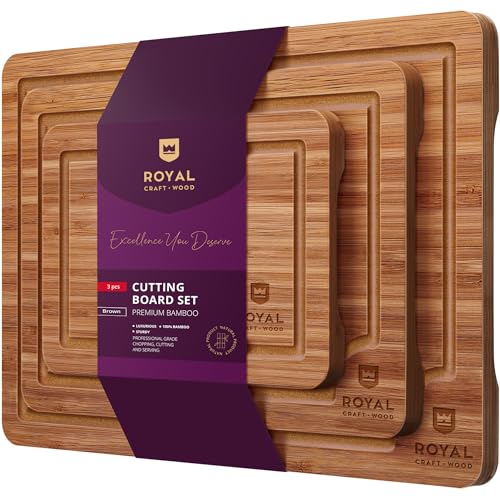
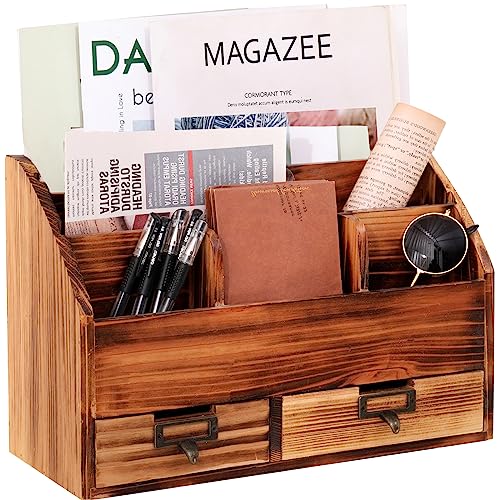
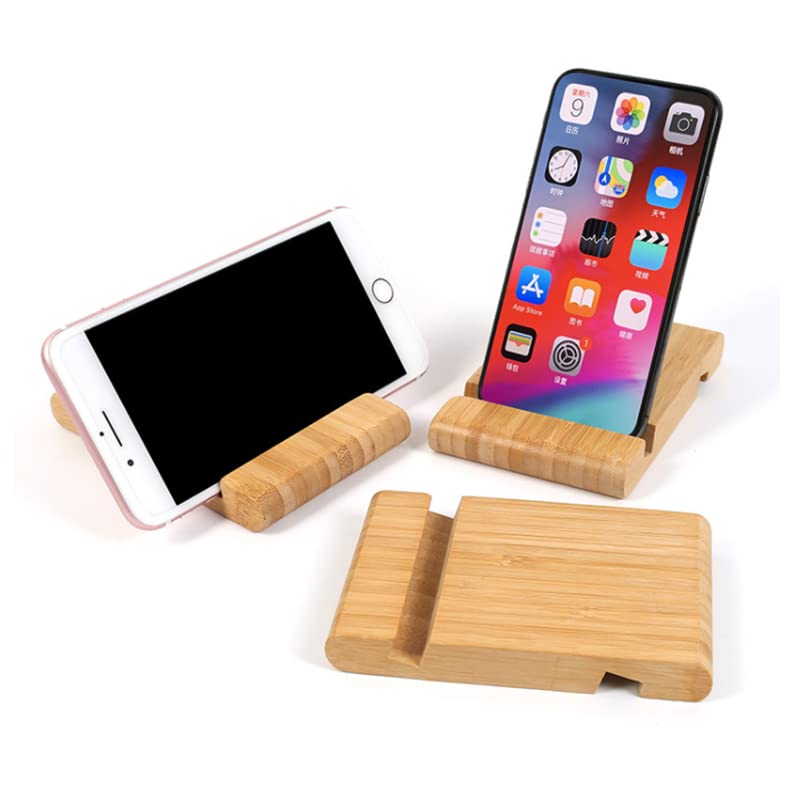
The Evolution of Wooden Craftsmanship
Woodworking has evolved significantly over time, transitioning from purely functional pieces to works of art. Today, the focus is not only on creating functional and visually appealing pieces but also on incorporating innovative elements that elevate the overall design.
The integration of new materials such as glass, metal, and even recycled materials has opened up a world of possibilities for wooden designs. These combinations create unique textures, contrasts, and visual effects that were once unimaginable.
Embracing Technological Advancements
Technology has played a significant role in pushing the boundaries of wooden craftsmanship. From computer-aided design (CAD) software to the use of CNC (Computer Numerical Control) machines, modern artists and craftsmen can bring their intricate designs to life with greater precision and efficiency.
One notable example is the use of laser cutting technology, which allows for intricate patterns and details to be etched into wooden surfaces. This technique adds a level of intricacy and complexity that was previously unattainable by hand.
Fusion of Traditional Techniques and Modern Aesthetics
Modern wooden designs often embrace the fusion of traditional woodworking techniques with contemporary aesthetics. This blending of the old and the new creates pieces that are both timeless and innovative.
One example of this fusion is the use of traditional joinery techniques in modern furniture design. Artists and craftsmen are combining age-old techniques such as mortise and tenon joints with sleek, minimalist designs to create furniture that seamlessly blends tradition with modernity.
Striking Examples of Modern Wooden Designs
To provide a better understanding of the innovation happening in wooden craftsmanship, let’s explore some real-life examples:
1. The “Origami” Coffee Table
- Made from sustainably sourced walnut wood, this coffee table showcases a unique folding design inspired by origami.
- The use of CNC technology allows for precise and intricate folds, creating a visually stunning piece that is both functional and artistic.
- The table features a glass top, offering a modern twist to the traditional wooden coffee table.
2. The “Twisted” Chair
- Crafted from bentwood, this chair challenges the traditional notion of what a chair should look like.
- The twisted design adds a sense of movement and dynamism to the piece, making it a true statement in any space.
- The use of steam-bending techniques enables the wood to be shaped into graceful curves, enhancing both comfort and aesthetics.
3. The “Sculptural” Bookshelf
- This bookshelf is a testament to the fusion of art and functionality.
- Constructed using a combination of wood and metal, the bookshelf features sculptural elements that elevate it from a mere storage unit to a work of art.
- The use of contrasting materials and the incorporation of asymmetrical shapes creates a visually striking design that captures attention.
Comparing Traditional and Modern Designs: Similarities and Differences
In the world of fine wooden craftsmanship, there is a fascinating interplay between traditional and modern designs. In this section, we will delve into the similarities and differences between these two design styles. By examining the materials used, design principles, techniques employed, and artistic expression, we aim to provide a comprehensive understanding of how traditional and modern designs coexist and influence each other.
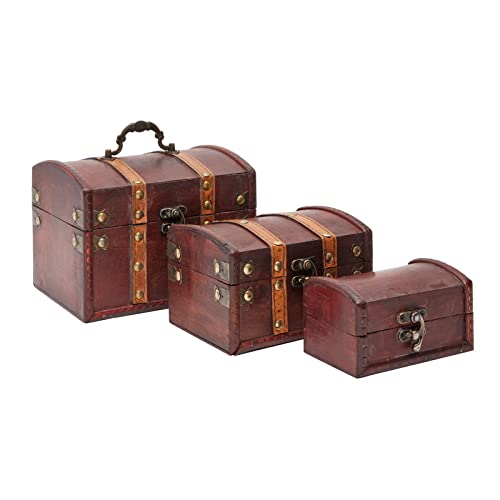
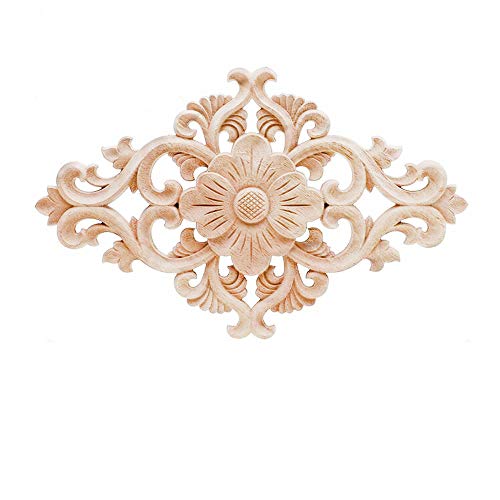
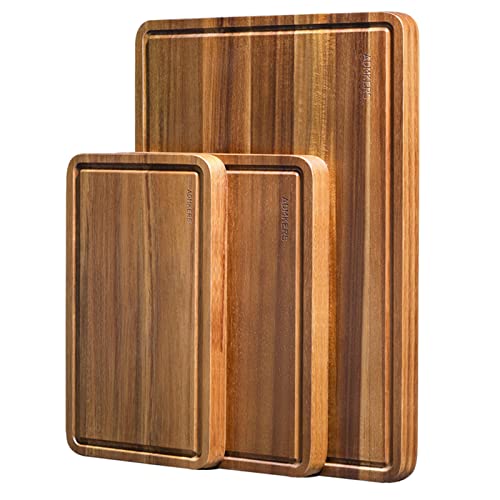
Materials Used
Traditional Designs
- Emphasize natural materials such as solid wood, leather, and natural fibers.
- Exquisite craftsmanship often involves intricate carving and inlay work.
- Prominent use of rich and warm tones, such as mahogany or walnut, for a classic look.
Modern Designs
- Incorporate a mix of materials, including wood, metal, glass, and plastics.
- Experiment with unconventional materials like carbon fiber or acrylic for a contemporary touch.
- Often feature sleek and minimalist lines, with a focus on functionality and practicality.
Design Principles
Traditional Designs
- Rooted in historical and cultural influences, reflecting a sense of heritage and tradition.
- Ornate detailing and decorative elements are common, adding a touch of elegance.
- Symmetry and balance play a significant role in traditional design aesthetics.
Modern Designs
- Embrace simplicity and clean lines, with a preference for minimal embellishments.
- Harmonize form and function, prioritizing usability and efficiency.
- Often draw inspiration from futuristic or abstract concepts, pushing boundaries of creativity.
Techniques Employed
Traditional Designs
- Highlight the craftsmanship of skilled artisans, who employ traditional woodworking techniques.
- Intricate hand-carving and joinery methods result in exquisite and detailed pieces.
- Age-old techniques like marquetry or woodturning are used to create decorative elements.
Modern Designs
- Embrace technological advancements to achieve precision and efficiency in manufacturing.
- Utilize computer-aided design (CAD) software and CNC machining for accurate reproduction.
- Incorporate innovative techniques like laser etching or 3D printing for unique designs.
Artistic Expression
Traditional Designs
- Symbolize cultural heritage and craftsmanship, with designs influenced by specific eras or regions.
- Incorporate elaborate motifs and patterns, often telling stories or representing cultural symbolism.
- Handcrafted details and natural materials create a sense of warmth and authenticity.
Modern Designs
- Reflect contemporary sensibilities, influenced by current trends and evolving lifestyles.
- Emphasize simplicity, minimalism, and functionality in design choices.
- Innovative use of materials and unconventional shapes offer a fresh and avant-garde aesthetic.
Factors to Consider: Choosing the Right Wooden Craftsmanship
When it comes to fine wooden craftsmanship, the choice between traditional and modern designs can be a tough decision to make. Both styles have their unique characteristics and appeal, making it important to consider various factors before making your selection. In this blog section, we will explore the key aspects to consider when choosing between traditional and modern wooden craftsmanship, helping you make an informed decision that aligns with your personal taste, interior design style, cultural context, and desired aesthetic impact.
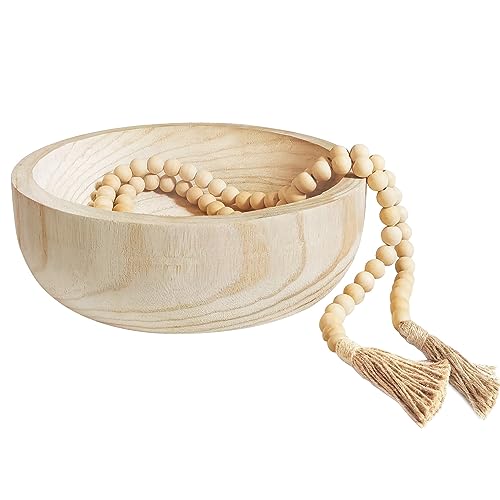
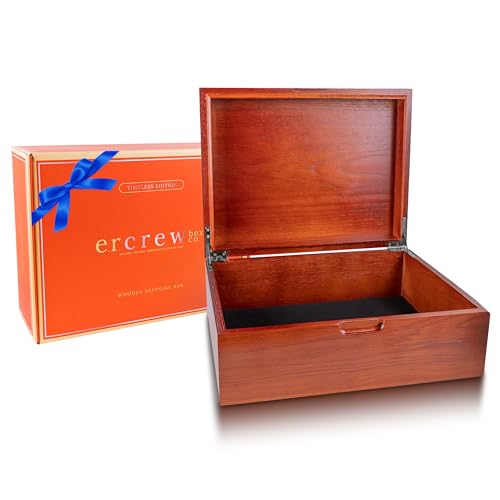
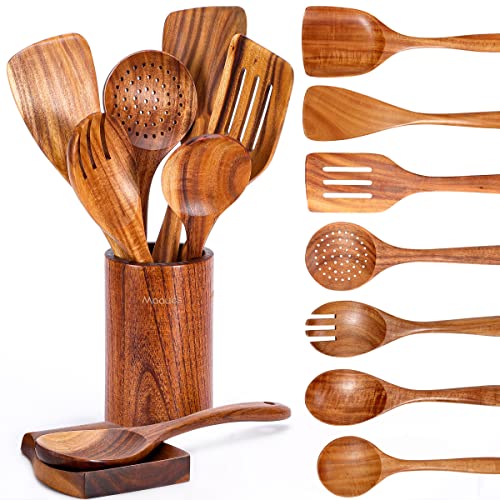
Personal Taste: Reflecting Your Style
One of the most significant factors to consider when choosing wooden craftsmanship is your personal taste. Your preference for either traditional or modern designs will ultimately determine which style best suits your individuality. Consider the following aspects to help you determine your personal taste:
- Historical Appreciation: Do you have a penchant for the classics or an admiration for the historical significance of traditional designs?
- Contemporary Appeal: Are you drawn to clean lines, minimalistic aesthetics, and the sleek appeal of modern designs?
- Cohesion with Existing Décor: Will the chosen style complement your current interior design, or are you looking to make a bold statement with a striking contrast?
Interior Design Style: Creating Harmony
Your interior design style plays a crucial role in determining which type of wooden craftsmanship will work best in your space. Consider the following points to ensure harmony between your wooden pieces and the overall design scheme:
- Traditional Décor: If your space features a traditional design style, opting for wooden craftsmanship with intricate carvings, ornate details, and warm finishes can enhance the overall ambience.
- Modern Aesthetics: For a sleek and contemporary interior, choose wooden craftsmanship with clean lines, smooth finishes, and a subtle color palette that complements the rest of the room.
- Eclectic Blend: If your space blends various design styles, you have the freedom to mix and match traditional and modern wooden craftsmanship to create a unique and balanced atmosphere.
Cultural Context: Embracing Heritage
Considering the cultural context can add depth and meaning to your choice of wooden craftsmanship. Whether you want to honor your heritage or incorporate elements from different cultures, the following considerations are essential:
- Regional Influences: Take inspiration from the region’s cultural heritage, such as Scandinavian minimalism or Asian craftsmanship, when selecting your wooden pieces.
- Symbolism and Significance: Some wooden craftsmanship may hold symbolic or historical significance within a specific culture. Understanding these meanings can help you choose pieces that resonate with your values and beliefs.
Desired Aesthetic Impact: Making an Impression
The desired aesthetic impact of your wooden craftsmanship can greatly influence your choice between traditional and modern designs. Consider the following aspects to ensure the desired impact is achieved:
- Statement Pieces: If you want your wooden craftsmanship to be the focal point of the room, opting for bold, eye-catching traditional or modern designs can create a stunning visual impact.
- Subtle Elegance: For a more understated aesthetic, choose wooden craftsmanship that integrates seamlessly with the overall design, offering a sense of timeless elegance.
- Texture and Materiality: Consider the texture and materiality of the wooden craftsmanship. Traditional designs often showcase intricate patterns and details, while modern designs may prioritize clean and smooth surfaces.
By considering these factors, you can confidently choose between traditional and modern wooden craftsmanship that aligns with your personal taste, interior design style, cultural context, and desired aesthetic impact. Remember, there are no right or wrong answers – it’s all about finding the perfect balance that brings joy and harmony to your space.
Appreciating the Timeless Beauty and Innovation of Woodworking
In conclusion, we have discovered that both traditional and modern designs in fine wooden craftsmanship have their own unique appeal and importance. Traditional designs pay homage to heritage and the art of craftsmanship, while modern designs embrace innovation and push boundaries. When deciding between the two, we suggest taking into account personal preferences, interior design style, and cultural context. Ultimately, the choice should reflect an individual’s appreciation for the timeless art form and the desired impact it can have on their surroundings. Whether you opt for traditional or modern, the world of fine wooden craftsmanship has much to offer.

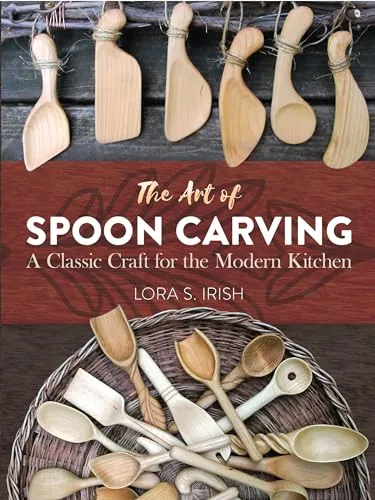
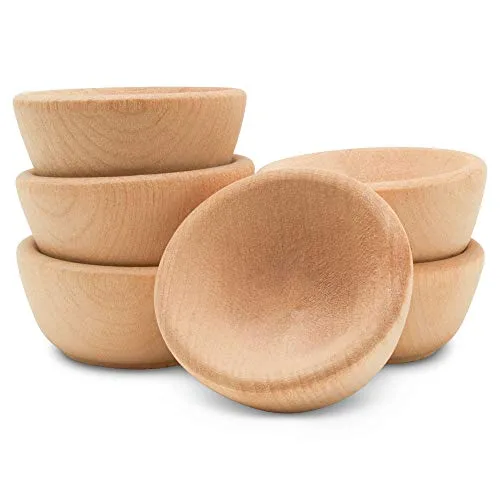
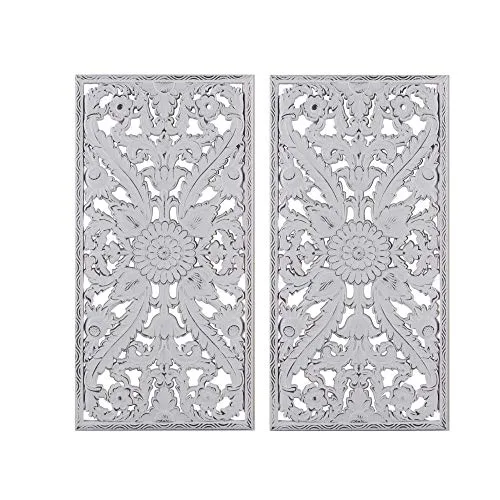
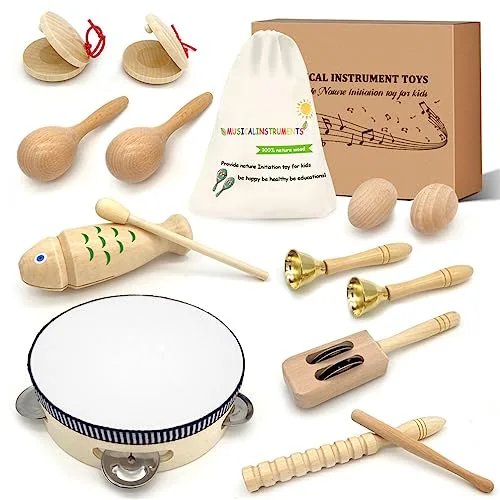
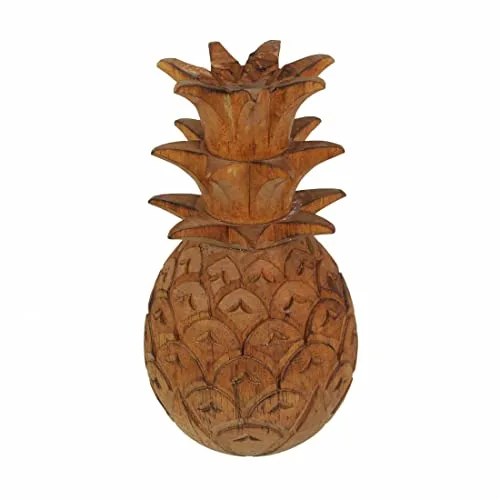
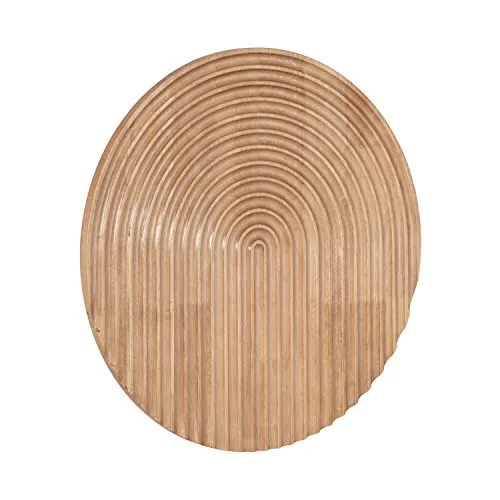
I would love to learn more about the specific techniques used in both traditional and modern wooden craftsmanship. Are there any resources or workshops you would recommend?
The examples of fine wooden craftsmanship showcased in this article are truly impressive. The level of detail and skill is remarkable.
The photographs accompanying the article are stunning. They really bring the craftsmanship to life and showcase the beauty of these wooden designs.
I appreciate how the article highlights the importance of preserving traditional techniques in wooden craftsmanship while also embracing modern innovations.
After reading this article, I am inspired to explore wooden craftsmanship further. It’s a fascinating blend of tradition and innovation.
I found this article very informative and interesting. It’s great to see the comparison between traditional and modern designs in wooden craftsmanship.
The article does a great job of emphasizing the value of handmade wooden crafts in a world dominated by mass-produced items. It’s a reminder of the uniqueness and artistry behind these pieces.